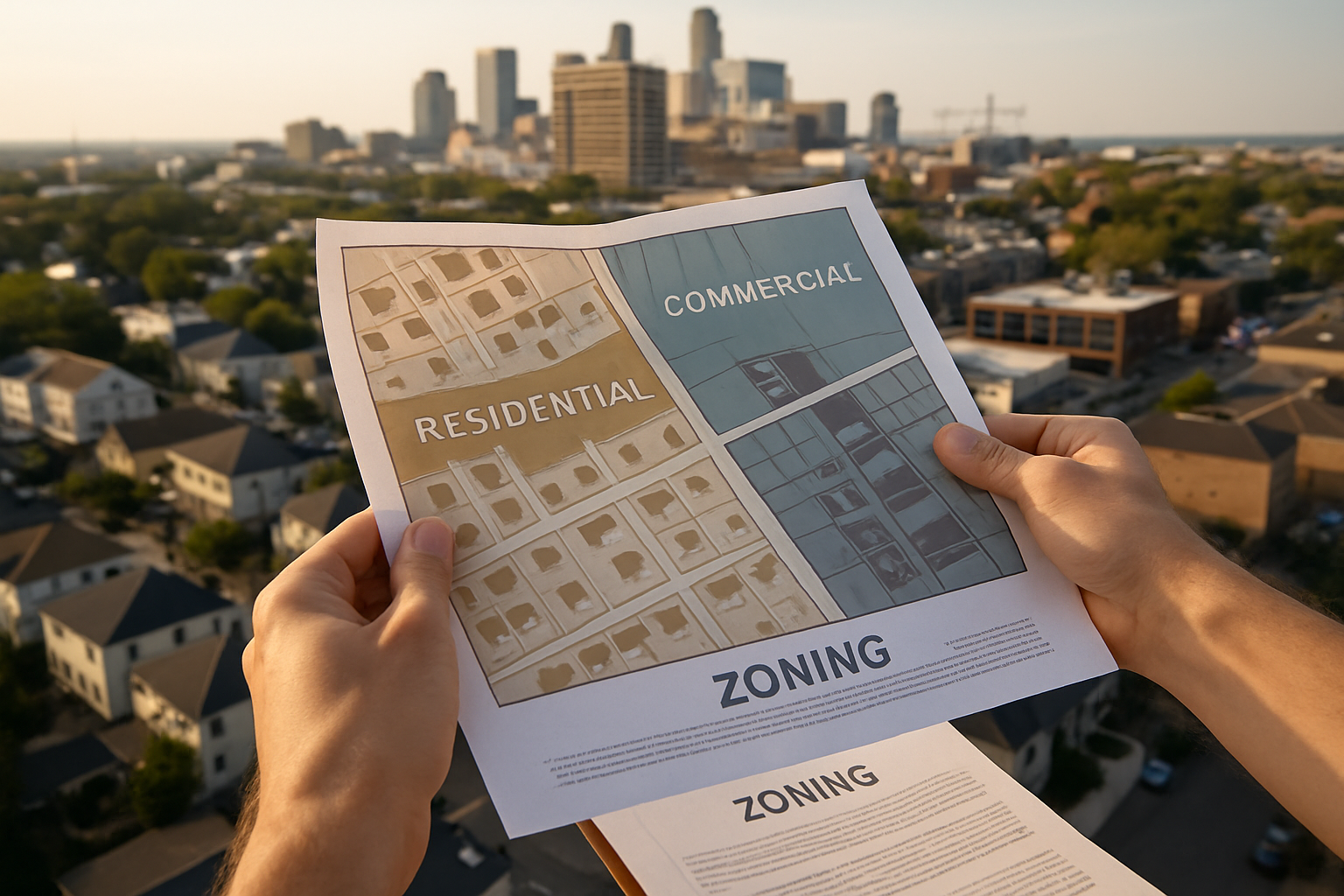Global Property Trends: What Recent Data Reveals for Investors
Recent global property data shows a mix of divergent regional trends driven by shifting demand, interest rate cycles, and changing workplace and lifestyle preferences. Investors looking across housing segments, rental markets, and development opportunities need concise, data-aware perspectives to weigh valuation, mortgage implications, and renovation or leasing strategies ahead of potential market inflection points.

Global property markets are being reshaped by several converging forces: variable economic recovery rates, central-bank policy shifts, ongoing urbanization in some regions, and demographic changes in others. These dynamics affect property values, housing supply, rental demand, and the cost of financing. Investors who focus on valuation fundamentals, understand local zoning constraints, and plan for renovation and leasing realities can better position portfolios for both income and capital appreciation. The following sections examine specific trends and practical considerations across market, housing, investment, mortgage, appraisal, renovation, rental, zoning, leasing, and development topics.
How is the property market evolving?
Across mature and emerging economies, the market shows fragmentation rather than a single global pattern. In some major cities, reduced office occupancy and hybrid work models have eased demand for centrally located commercial and high-end residential units, while suburban and smaller-city housing markets have strengthened. Development pipelines, construction costs, and local regulation shape supply-side responses. Market indicators to watch include transaction volumes, days-on-market, and rental vacancy rates—each offers insight into whether prices are being driven by short-term liquidity shifts or longer-term structural change.
What housing patterns are affecting demand?
Housing demand is being influenced by migration flows, affordability pressures, and changing household composition. Younger cohorts often delay home purchases due to mortgage costs and tighter lending standards, increasing demand for rental housing and built-for-rent developments. In areas with strong population inflows, housing shortages push up prices and rental rates, whereas regions with out-migration can see softening values and higher vacancy. Investors should evaluate local demographic trends, employment growth, and planned residential development to assess near-term demand and long-term absorption.
How should investors approach investment and valuation?
Investment decisions hinge on robust valuation methods and scenario planning. Valuation now often requires stress-testing cash flows for higher financing costs and potential rent adjustments. Discounted cash flow models, comparable sales, and cap-rate analysis remain useful when adjusted for current market volatility. Diversification across asset types—residential, multifamily, industrial, and logistics—can mitigate sector-specific risks. Consider portfolio allocations that balance stable rental income with targeted development or renovation plays where value-add opportunities exist.
What role do mortgage and leasing trends play?
Mortgage conditions are a primary driver of buyer affordability and thus property demand. Rising or volatile interest rates increase monthly carrying costs and can reduce purchasing power; they also influence refinance activity and investor leverage decisions. On the leasing side, changes in lease lengths, tenant expectations, and operating expenses affect net operating income. Shorter leases improve flexibility but increase turnover costs. For investors, monitoring local mortgage availability, typical loan-to-value ratios, and prevailing lease terms informs cash-flow forecasts and underwriting assumptions.
How do appraisal, renovation, zoning, and rental factors influence returns?
Appraisal practices, zoning restrictions, and renovation costs directly affect both valuation and exit strategies. Accurate appraisals that reflect comparable rents and recent sales are essential for realistic pricing and loan approvals. Renovation can boost valuation, but rising material and labor costs compress margins; investors should model renovation budgets conservatively and prioritize projects that enhance rental yield or appeal to targeted tenant segments. Zoning rules and permitting timelines impact development feasibility and can create location-specific scarcity premiums. Ultimately, rental income stability and potential for rent growth determine the sustainability of returns.
Conclusion
Recent data highlights a nuanced global property landscape where regional differences matter more than a single global trend. Investors who combine rigorous valuation, careful mortgage and leasing analysis, and attention to local housing dynamics, zoning, and renovation economics are better equipped to navigate uncertain cycles. Maintaining flexibility, stress-testing assumptions, and prioritizing markets with clear demand drivers can help align investment choices with long-term objectives.





